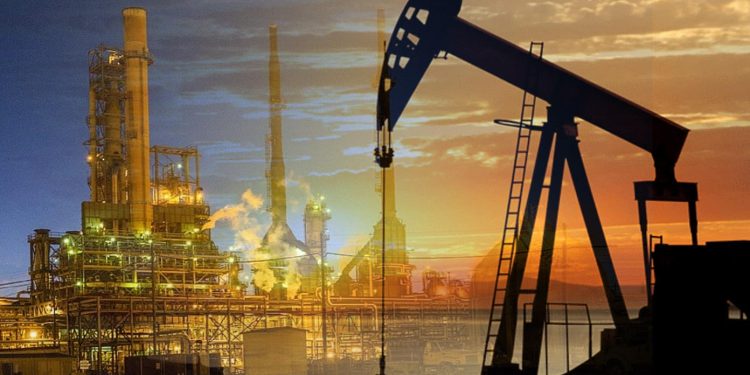The oil and gas industry has been one of the highest revenue generator industries across the world. As different companies and industries adapt to the latest technologies, the oil and gas industry is also not left behind. They are integrating cleantech innovations to have sustainable growth in the industry. These advanced technologies are also helping the industry to extract oil from a challenging environment, as well as nontraditional sources.
One of the best examples is the discovery of Shale gas in the US, which significantly impacted the oil and gas industry in the region. It made the US the top oil-producing country in the world, which was before held by Saudi Arabia. It had been an interesting journey for the country; the US overtook Russia for the second spot in 2012, and then Saudi Arabia in 2013 to become the largest oil producer country in the world.
The extraction of Shale gas is not an easy procedure. As known Shale is natural gas, the methane gas, locked in the Shale rock, companies have to use the hydraulic fracturing for drilling out the Shale reserves from the rock. The extraction of the gas from this unconventional source has been causing much of the environmental disaster, such as contamination of water and pollution of the natural habitat around the region.
How is technology making extraction of Shale gas safer?
Danish Technological Institute has entered this exciting ShaleSafe project for monitoring the safe extraction of the Shale gas. The ShaleSafe project identifies the areas where the underground water has got contaminated in the process of Shale gas exploration. It is executed through the automated system with sensors, which monitors and detects the organic compounds and additives used during hydraulic drilling. This helps to monitor the quality of the underground water.
The ShaleSafe project is being funded by the European Union’s Horizon 2020 Research, the grant agreement No. 691527. The project aims to simplify the process, which is linked to the environmental control of gas production.
Also Read: Top 5 Oil & Gas Industry Trends to Watch in 2020
There are other technologies which are ensuring that oil is extracted safely:
-
Drones
Drones have gained popularity in various industries such as agriculture industry, construction, survey engineering, etc. The oil and gas industry has also started implementing drones in their process of exploration. These technological wonders can provide a 360-degree aerial view around the oil field area, and the sensors equipped in the drones can immediately alert about the methane leakage for taking further safety actions. Some companies are also integrating the drones with the Wi-Fi connection so that it can connect to the cloud and helps in the right communication while collecting the data.
-
Advancements in seismic technology
The various advancements in seismic technology have made the exploration of gas much safer. It is helping to make the finding, drilling, and producing the oil at lesser risk. This safe exploration of the gas will make the way towards the production of cleaner energy.
-
AI-enabled energy transformation
Shell, a British-Dutch oil and gas company, has heavily integrated AI in its exploration process. Machine learning, autonomous vehicles, virtual assistants, computer vision are some of the technologies which are facilitating a seamless exploration process for the company.
ExxonMobil, the American oil giant, is working with MIT (Massachusetts Institute of Technology) for developing submersible robots to explore the gas under the sea bed. -
Vehicle tracking
These systems are meeting the needs of the oil and gas industry with the help of temperature sensing, driver identification, and vehicle monitoring. The vehicle tracking system helps in the immediate response to address any emergency situation.
Conclusion:
In the coming years, new technologies will have a great impact on the oil and gas industry.
The autonomous underwater vehicles with AI will help the industry to reach its goal of exploring the oil from unconventional sources. It will also help the industry to reach out to the areas where human beings cannot reach.







